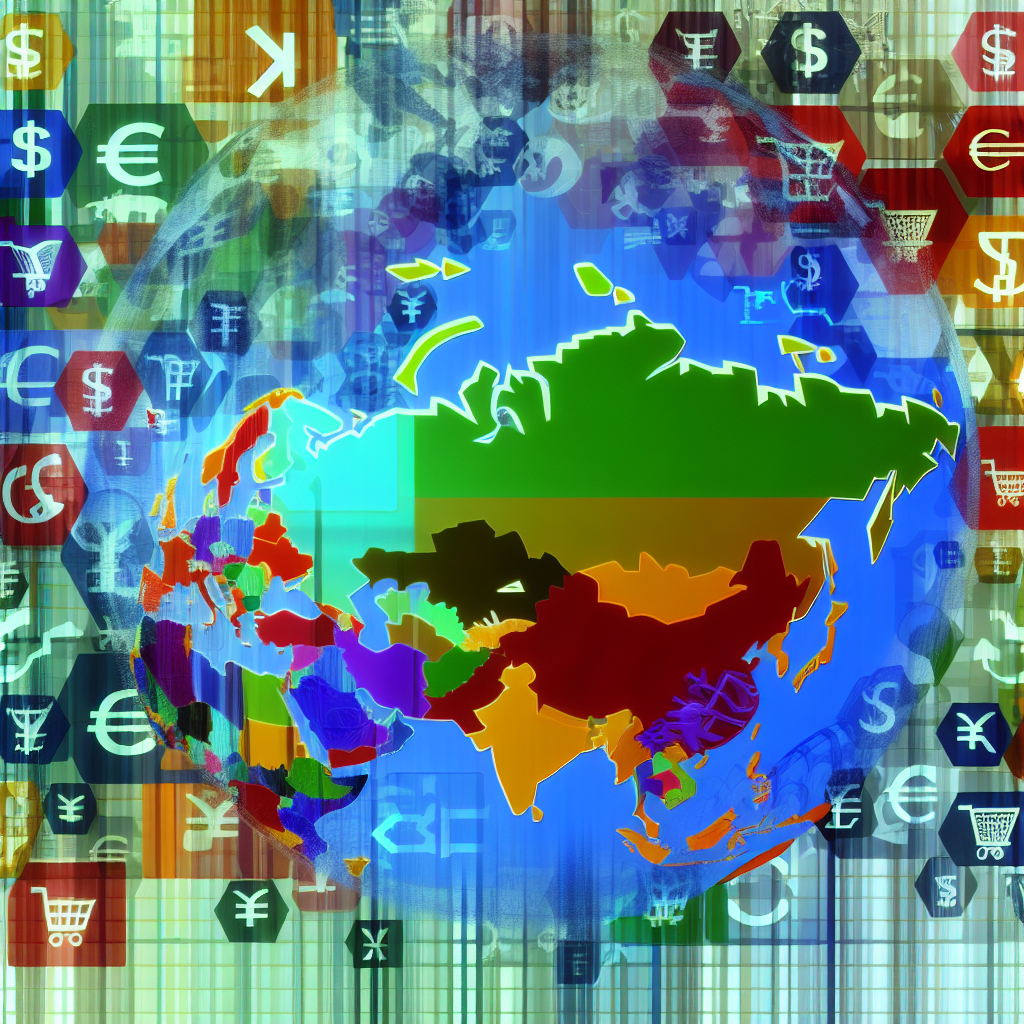Global Trade Tensions: Strategic Responses from Asian Economies

In recent years, global trade tensions have escalated, primarily driven by the trade war between the United States and China. This conflict has not only affected the two largest economies but has also reverberated throughout the global economy, particularly impacting Asian nations. As a result, countries in Asia have been compelled to adopt strategic responses to mitigate the adverse effects of these tensions and to seize new opportunities in the shifting landscape of international trade.
The Landscape of Global Trade Tensions
The trade war, which began in 2018, has seen the imposition of tariffs and trade barriers, leading to a significant decline in trade volumes. According to the World Trade Organization (WTO), global merchandise trade volume growth fell to 1.2% in 2019, down from 3% in 2018. The ongoing tensions have prompted Asian economies to rethink their trade strategies and relationships.
Strategic Responses from Key Asian Economies
Asian economies have adopted various strategies to navigate the complexities of global trade tensions. Here are some notable responses:
- Diversification of Trade Partners: Countries like Vietnam and Thailand have actively sought to diversify their trade relationships. For instance, Vietnam has signed multiple free trade agreements (FTAs) with countries such as the European Union and the Comprehensive and Progressive Agreement for Trans-Pacific Partnership (CPTPP), reducing its reliance on any single market.
- Investment in Technology and Innovation: South Korea has increased its investment in technology sectors, particularly in semiconductors and electronics, to enhance its competitive edge. The government has allocated significant funds to support research and development, aiming to position itself as a leader in high-tech industries.
- Regional Trade Agreements: The Regional Comprehensive Economic Partnership (RCEP), which includes 15 Asia-Pacific countries, was signed in November 2020. This agreement aims to create a more integrated regional market, providing member countries with a platform to strengthen economic ties and reduce dependency on Western markets.
- Supply Chain Resilience: Many Asian countries are focusing on building more resilient supply chains. For example, Japan has introduced incentives for companies to relocate production back home or to other countries in Asia, thereby reducing reliance on China.
Case Studies: Vietnam and India
Vietnam has emerged as a significant beneficiary of the trade tensions. The country has seen a surge in foreign direct investment (FDI) as companies look to relocate manufacturing operations from China. According to the Ministry of Planning and Investment, FDI in Vietnam reached $28.5 billion in 2020, a testament to its growing attractiveness as an alternative manufacturing hub.
India, on the other hand, has taken a different approach. The government has launched the “Atmanirbhar Bharat” (Self-Reliant India) initiative, aimed at boosting domestic manufacturing and reducing dependence on imports. This initiative has led to increased tariffs on various goods and a push for local production, particularly in sectors like electronics and pharmaceuticals.
Challenges Ahead
Despite these strategic responses, Asian economies face several challenges:
- Geopolitical Risks: The ongoing tensions between the U.S. and China may lead to further instability in the region, affecting trade flows and investment.
- Supply Chain Disruptions: The COVID-19 pandemic has highlighted vulnerabilities in global supply chains, prompting countries to rethink their strategies.
- Environmental Concerns: As countries ramp up production, there is a growing need to balance economic growth with environmental sustainability.
Conclusion
In conclusion, the global trade tensions have prompted Asian economies to adopt a range of strategic responses aimed at mitigating risks and capitalizing on new opportunities. By diversifying trade partners, investing in technology, and enhancing regional cooperation, these countries are positioning themselves to thrive in an increasingly complex global landscape. However, challenges remain, and the ability to navigate these will be crucial for sustained economic growth in the region. As the world continues to evolve, the strategic choices made by Asian economies will play a pivotal role in shaping the future of global trade.





